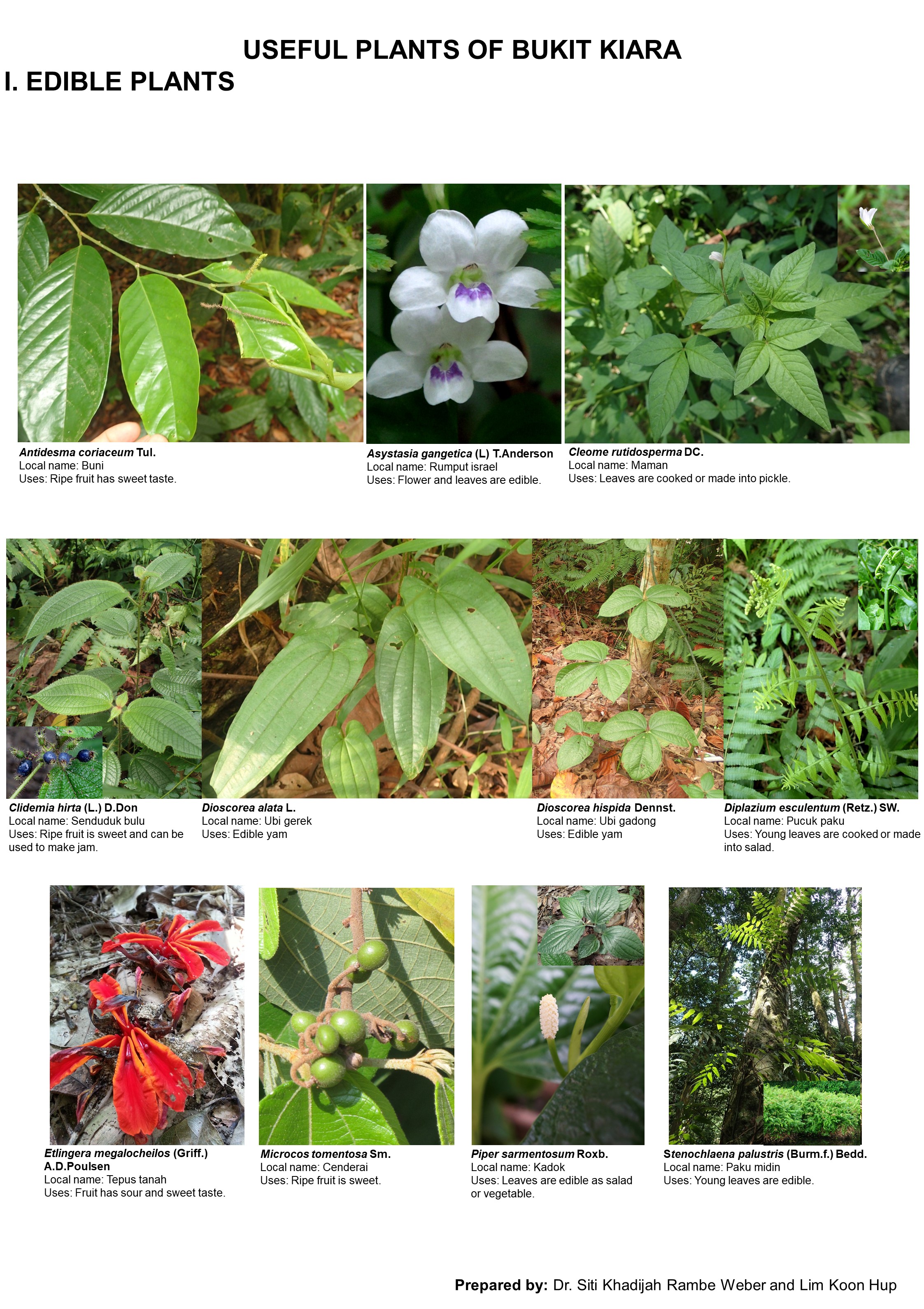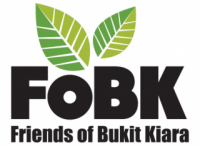Plants have always been the major source of food, medicine, fibers and construction material. This dependency to plants shaped human history, arts and crafts. Plant properties can be traced in architectures of traditional houses, local fabrics and motifs, practices of farming, hunting-gathering, food diversity and medical remedies. Plant diversity and cycles along seasons inspired poets, painters, musicians and dancers. However, cultural and ecological relations to plants became increasingly hidden to people with the development of global-trade and urban lifestyle. Once common, popular skills and knowledge about cultivating and gathering plants for food, medicine or maintenance of soil fertility have been lost. This situation questions not only our awareness about the cultural and ecological importance of a natural heritage but also our capacity to participate to its conservation.


